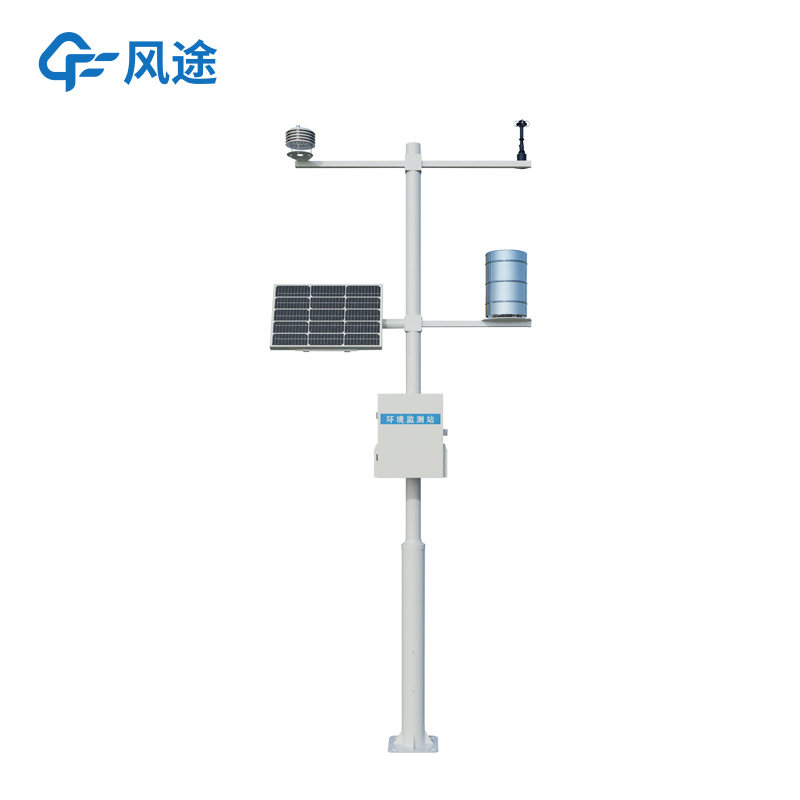Meteorological environment monitoring equipment supplier
Insist on doing high-precision customer favorite technology products
A meteorological observation station is a core facility for collecting and analyzing meteorological data, and serves as fundamental equipment in the meteorological disaster prevention and mitigation system. Such monitoring stations consist of components such as sensors, data loggers, communication modules, and power supply systems, capable of real-time monitoring of multiple meteorological elements including temperature, humidity, air pressure, wind speed, precipitation, and sunshine duration.
As fundamental equipment, they can cover various geographical regions such as cities, rural areas, mountainous areas, and coastal areas. By densely deploying monitoring stations in key areas to form a grid-based monitoring network, it is possible to accurately monitor the changing characteristics of local microclimates. For example, in mountainous areas prone to flash floods, monitoring stations can track real-time rainfall and soil moisture data; in coastal areas, they focus on monitoring typhoon paths, wind force, storm surges, and other information. These data are transmitted to meteorological data centers through communication modules, providing raw materials for weather forecasting and disaster early warning.
Solar power supply technology provides reliable energy support for meteorological observation stations. Solar panels convert light energy into electrical energy, which is stored in batteries to continuously power the monitoring station equipment.
This allows the monitoring stations to be free from geographical restrictions. In areas with good lighting conditions, solar power supply can achieve stable operation throughout the year; even in areas with insufficient lighting, equipped with large-capacity batteries can meet the power demand of the monitoring stations, making them particularly suitable for long-term unattended remote monitoring sites.
When disastrous weather such as heavy rain, thunderstorms, strong winds, and high temperatures is monitored, the monitoring stations will build an intelligent shield for meteorological disaster prevention and mitigation. Early warning information is promptly transmitted to the public and relevant departments through various channels such as short messages, radio, television, and the internet, gaining valuable time for disaster prevention and mitigation. Relevant departments can deploy emergency measures such as flood control, wind protection, and heatstroke prevention in advance based on the early warning information, while the public can take timely evacuation actions, effectively reducing casualties and property losses caused by disasters. This closed-loop system of "monitoring - early warning - response" can improve the intelligence level of meteorological disaster prevention and mitigation and reduce losses caused by meteorological disasters.
